Homepages used to be the cornerstone of content for a company.
Companies would put everything and anything about their company on it.
From recent blog posts to news and white papers, homepages were cluttered with just about anything you can think of.
But now, homepages are dying.
They aren’t getting as much traffic as the rest of your site.
Which means all that time and effort you put into your homepage could be for nothing.
Don’t get me wrong. We still need a homepage.
It’s just becoming less important.
Homepages are a great way to showcase your business and brand, but that doesn’t mean we should rely on them.
You need other content besides your homepage, and it shouldn’t store everything about your brand.
So what do you do? How do you mitigate the effects of a dying sector of online marketing?
It’s simple: you need to focus less on your homepage and more on conversions.
If your homepage isn’t driving conversions and people aren’t flocking to it, there’s something wrong.
Thankfully, that’s not that hard to fix, and we can still get around the impacts of a dying homepage.
Here’s why the homepage is dying and what you can do instead.
Why the homepage is dying
Take a look at my current homepage on NeilPatel.com:
Notice anything different when you compare it to other homepages in my industry?
I hope so.
It doesn’t look anything like a standard homepage, right?
It’s simple, short, and makes it easy to understand the value.
I do that because the homepage is dying.
And I’ve simplified my homepage for a good reason:
The mass majority of people typing in my homepage are coming from branded organic searches like “Neil Patel” or direct traffic.
That’s why your analytics might be loaded with tons of direct traffic.
That means that someone is either already brand aware or knows my direct URL and skips the Google search altogether.
So why on Earth would I want brand-aware visitors to see a 5,000-word homepage that describes me when the mass majority already know me?
To put this into context, let’s take a look at The New York Times.
Here’s a terrible quality graph from an old report back in 2014 of their traffic levels on their homepage:
In 2014 they reported on this, noting that from 2011 to 2013 they lost half of their homepage traffic.
And you can only imagine what it’s like today in 2017 and what it will be like in 2018.
So why is this happening?
There are approximately 6.5 million searches taking place worldwide each day.
Meaning that people who are looking to find information online are using a search engine to find it.
So instead of typing nytimes.com into your browser, you will probably search for “latest news.”
On top of that, there are millions of blog posts published daily:
So it’s no wonder that the majority of your traffic is going to come from cold, non-brand-aware inbound traffic.
People are more likely to find you through a blog post or content marketing than they are by searching for your brand.
And what happens when they land on that post? It’s not your homepage.
They might never even see your homepage.
What’s more is that the majority of traffic to news and related content isn’t from your homepage.
In fact, the majority of people finding new news and content are coming from social media.
They aren’t finding your homepage on Google. Instead, they are clicking a news article from your site on a social platform.
And now 26% of adults get news from more than two social media sites before they will head to your homepage for news:
The point is:
People are discovering your content through diverse searches on Google, social media, and via direct links in emails.
They are rarely getting directed to your homepage.
Here’s a stat that may blow your mind:
83% of search queries (keywords) that happen on a given search engine are not branded.
This means the majority of searchers don’t have your company name in their search query.
People aren’t searching for “XX SEO company” as much as they’re searching for “SEO Guide.”
So they aren’t landing on your homepage. Instead, they are landing on your blog.
Unless you rely on direct traffic mentions to bring in tons of new leads to your homepage, your homepage is dying.
Inbound, organic traffic is the name of the game when it comes to new leads.
And these people won’t be searching for your homepage.
So now we know. Here’s what you can do about it.
Publish more content
Since we’ve learned that that the majority of people aren’t searching for branded terms, the only way you can expect to get more visitors to your site is with more blog content.
People aren’t just going to find your homepage.
They aren’t searching for it. They are searching for ways to solve a problem.
They will likely land on an article before they hit your homepage if they hit your homepage at all.
And the only way to increase organic traffic now is to post more.
That’s why the best blogs were doing it back in 2015 and are still doing it today:
Forbes was posting over 1,500 articles in January of 2015.
And that’s probably why they have millions of site visits on a monthly basis.
The more blog posts and content you have leads to more indexed pages on Google.
If you only have 3 blog posts and a homepage, how can you rightfully expect to drive millions of visits?
You just can’t.
Start publishing content more often if you want to drive more traffic. The homepage won’t drive traffic, and it won’t convert visitors.
Most people landing on your homepage are brand aware.
So using blog posts to get new people in the door is the best way to convert visitors that you wanted to get on your homepage.
It’s easy to create more content, too.
If you don’t have time, outsource your content to agencies.
Or, you can even find cheap content creators on sites like Fiverr:
Or check out iWriter.
These can help you boost your content output to drive more traffic to convert.
Don’t rely on your homepage as a source of traffic. It just doesn’t cut it for the traffic you’re looking for.
Focus on developing your inbound strategy by producing more content.
Capture more leads on your blog posts
Since we’ve established that homepages drive mostly brand-aware traffic and that the majority of inbound traffic isn’t to your homepage, this next step only makes sense.
If you focus all of your conversion efforts on your homepage and neglect your biggest drivers of traffic, you are risking huge drops in ROI.
In fact, it’s one of the biggest mistakes that I see on industry blogs today.
There are no lead-capture techniques that get people to convert.
Check out the current lead-capture techniques on my blog:
Instead of simply asking for an email, I direct them to a “Start Here” button.
So, instead of the unlikely progression that most businesses use:
Google search -> homepage -> CTA -> converts
I take the actual user flow of:
Google search for a problem -> clicks on blog post -> clicks on CTA -> converts
Then I use that to drive conversions and educate them about my brand using the “Start Here” button.
This allows me to include diverse CTAs on my blog posts rather than relying on a homepage to do the conversion.
You can easily make awesome CTAs like this using Hello Bar for free.
Simply sign up with your website URL and Google email address to get started.
Next, you can choose between multiple different goals:
For this example, we can select email as a goal, as you likely want to focus on driving email sign-ups from your blog.
If not, you can customize this CTA to fit anything you want. Want them to check out a product? A features page?
You can do just about any CTA with this.
Next, customize the CTA. Decide what you want it to say and what the button text will be:
Then, you can customize just about anything like branding, colors, and targeting:
This is an easy, useful way to add more CTAs to non-homepage sections of your site.
And if you want to collect more leads, you can’t depend on the homepage to do it.
Start including additional CTAs on your blog posts and use them to drive more traffic.
Publish content on social media
Let’s refer back to that Pew Research Center data on social media usage for finding news and content:
The majority of people are getting their news and content from social media.
It’s a one-stop-shop for people to discover news and trending topics.
Just log into Facebook, and you’ll immediately see news stories and content from pages you follow:
The same goes for Twitter, too:
Most people are finding brands via organic or social-shared content.
They don’t know who you are yet, but they’ll still be able to find your content when searching for a topic or browsing their social feed.
Since most people won’t conduct branded searches, the majority of your inbound traffic is cold.
And that means they will most likely land on a blog post.
So posting your blogs across social media is one of the best ways to reign in more visits instead of trying to promote your site in general.
Focus on promoting content that people want to read before spamming your site links.
One of the best ways to put your content promotion on autopilot is by using Buffer.
With Buffer, you can connect tons of different social networks and share the same article on every one of them.
This will save you tons of time. Instead of going to each social network and posting your new blog, simply share it automatically to each site all at once.
And you can even re-Buffer successful posts to keep the traffic rolling in:
It’s one of the easiest ways to share more social content and automate your social strategy.
Make your homepage short and sweet
Let me give you a short example before we jump into short homepages.
I always struggled with conversion rate optimization (CRO). I never really knew what worked best.
In fact, I hired multiple CROs to help me fix my homepages for my products like Crazy Egg.
On my product site Crazy Egg, I had a super long-form homepage for quite some time.
Here’s what it looked like:
You had to zoom out that far to see it all!
I realized that it was simply too long.
People weren’t scrolling all the way down to the bottom, rendering half of my content as pretty much irrelevant.
All of that info wasn’t being seen.
I wanted to squeeze everything I could into it. Testimonials, every feature, history, and basically anything else I could think of.
But then I got wise.
If you go to the Crazy Egg homepage now, this is what you see:
It still has a few sections of features and information to describe the product, but it’s actually 60% shorter than my original.
I cut out tons of the unnecessary content that could be explained in detail on further pages without overwhelming new visitors.
And it ended up increasing conversion rates by 13% almost instantly.
My conversions have never been better.
And I’m not the only one seeing conversion increases from simplifying a homepage.
Highrise saw a 102.5% conversion increase when they shortened their homepage design and removed the long-form content:
They first thought that the long-form content was the reason why their page was converting well.
In fact, it converted great.
But it wasn’t until they realized that the picture was causing conversions did they realize that the long-form content wasn’t working for them at all.
A simple removal of the extra information below the fold and they saw tons more conversions!
Slack is a good example of this, as well. Take a look at their homepage:
It’s extremely short, yet very informative. It communicates a value proposition that gets right to the point.
They take advantage of things like testimonials without crowding the page:
And they also use multiple compelling calls to action:
Since the majority of people coming to your homepage will be branded searchers or people who know your direct link, you shouldn’t overwhelm them with information they already know.
Don’t make your homepage a crowded mess.
Narrow down your content to the most important information for when non-brand-aware visitors click back to your homepage from a blog post.
Make it the go-to place for conversion:
Your homepage should instantly convey a great value proposition and a direct look at using your service or product.
It shouldn’t keep people on the page for 10 minutes. It should focus on driving homepage traffic back to product pages, blog posts, and conversion pages.
The homepage is dying. You shouldn’t be investing your entire value system into it.
Start putting less emphasis on your homepage and more on creating a concise page that directs people to convert.
Conclusion
Dedicated homepages used to be the best way to showcase your company.
Visitors could visit your site and find any and everything they could ever want to know, right there on the homepage.
You could promote recent blog posts, news, updates, contact information, all from that first page.
But as we’ve discussed, homepages are a thing of the past.
In fact, they are dying.
They simply aren’t getting as much traffic as the rest of your content.
It’s highly likely that people on your site may never even see it.
But that doesn’t mean you should neglect it or do away with it.
I’m certainly not advocating that you don’t have one.
Just make sure that it’s no longer the most important factor on your site.
It can’t be the place that houses the critical, converting information.
Homepages are an excellent way to tout your brand and company success, but we can’t rely on them to drive most of our inbound traffic.
So what do you do instead?
Start by publishing more content. The more content you publish, the more indexed pages you have.
This makes it easier for people to find your brand.
Next, capture more leads on your blog posts. The homepage won’t get as many hits, so you can’t risk using it as your main lead-capture tool.
Publish more content on social media. It’s one of the top ways that people find new content.
Lastly, make your homepage short and sweet. If someone does click on it, give them a quick value proposition that will get them to convert.
People just aren’t landing on homepages anymore.
It’s time to switch up your strategy.
How have you adapted to the growing trend of homepages becoming less important?

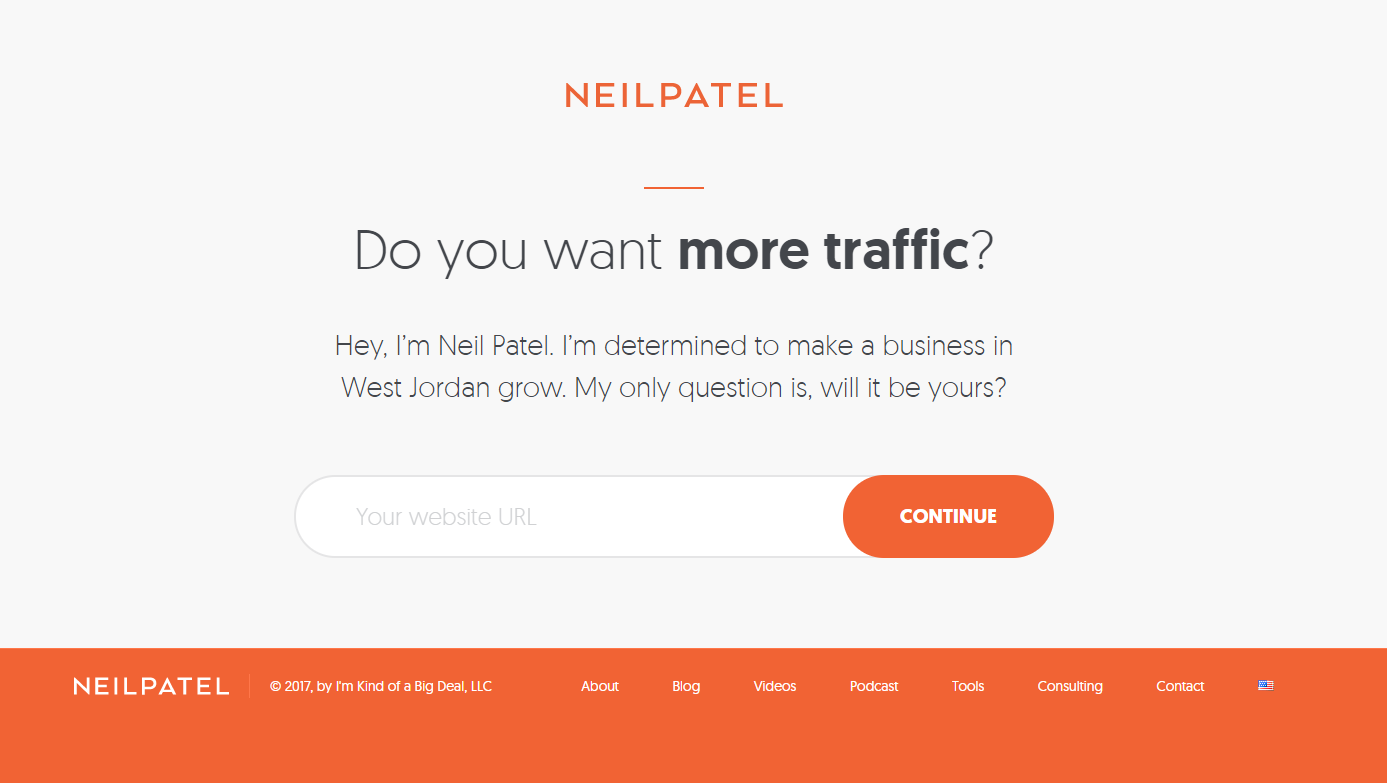
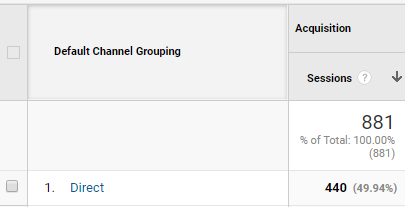
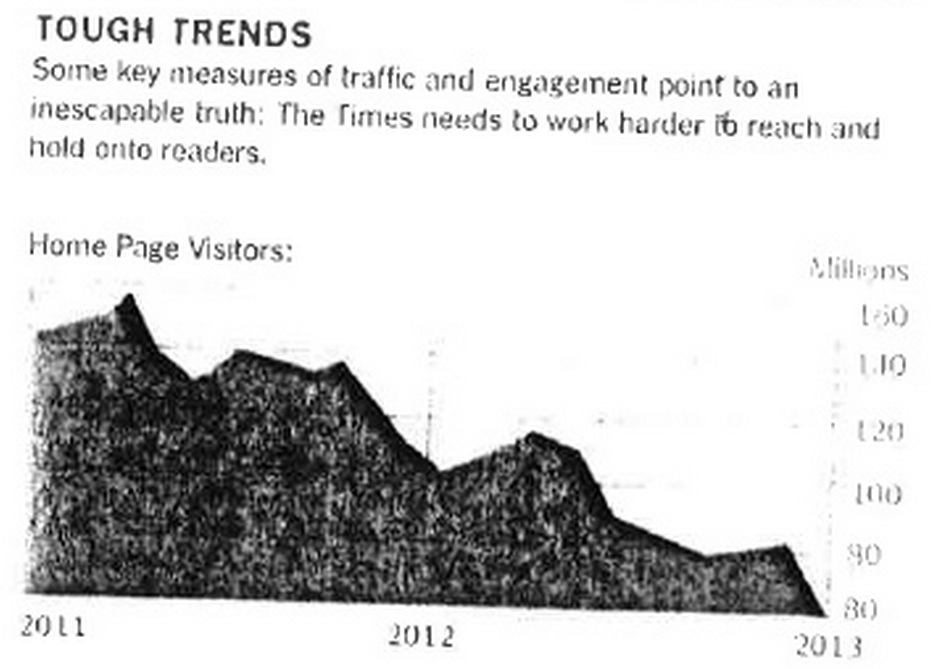

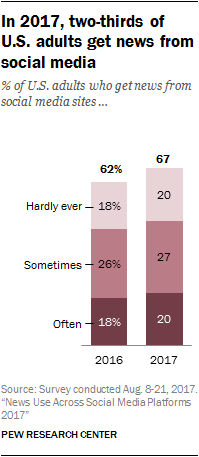
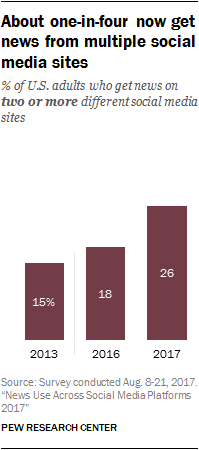
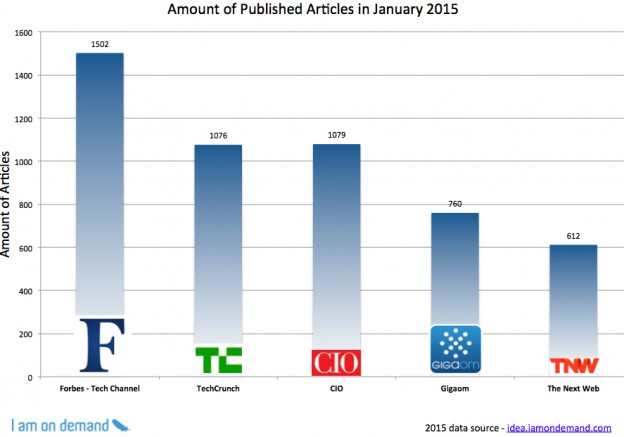
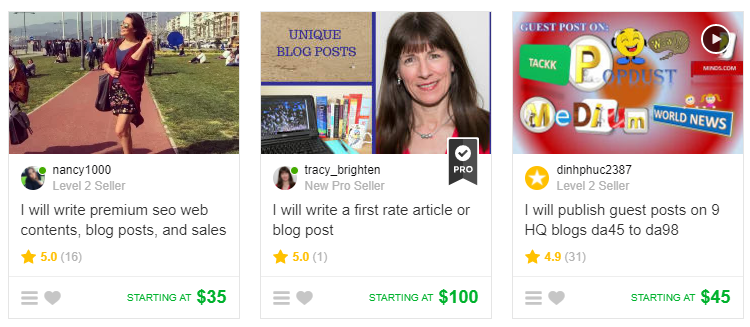

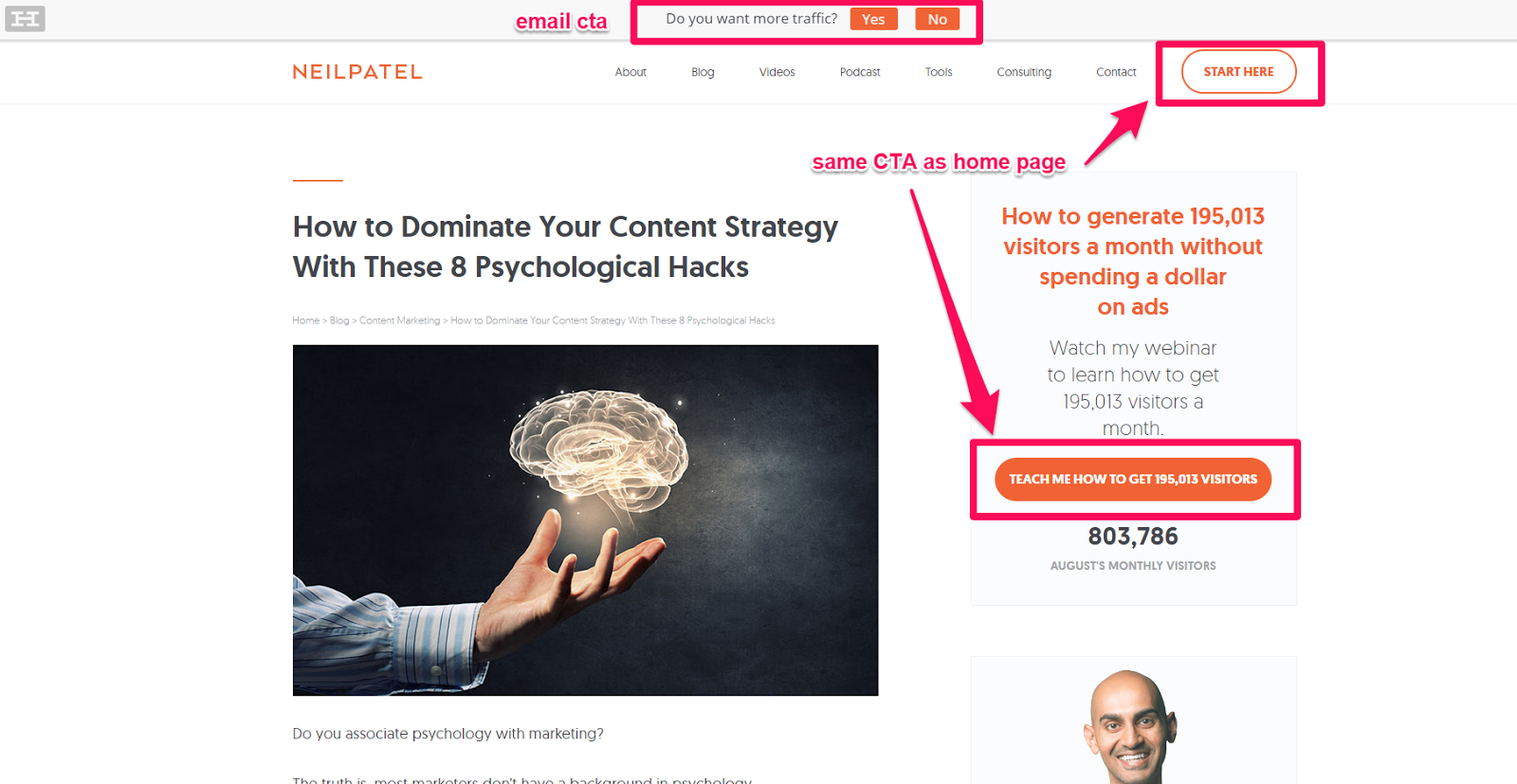
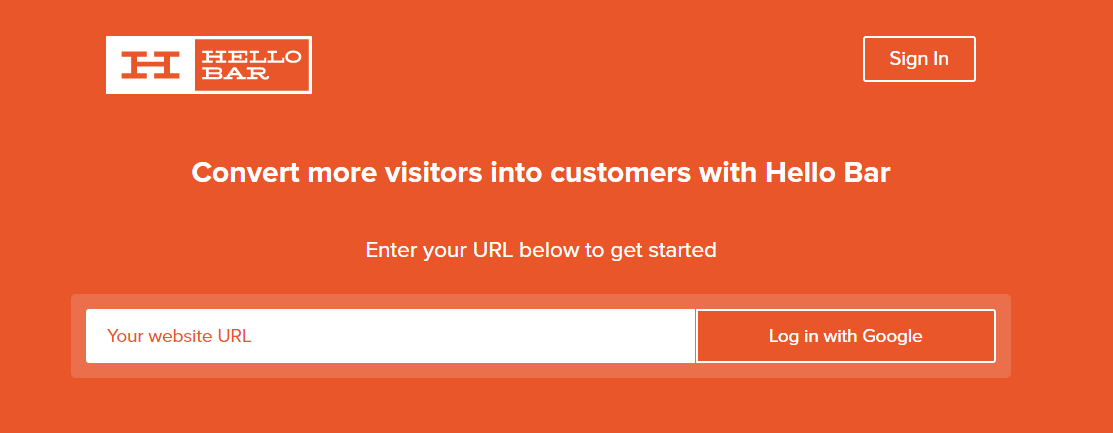

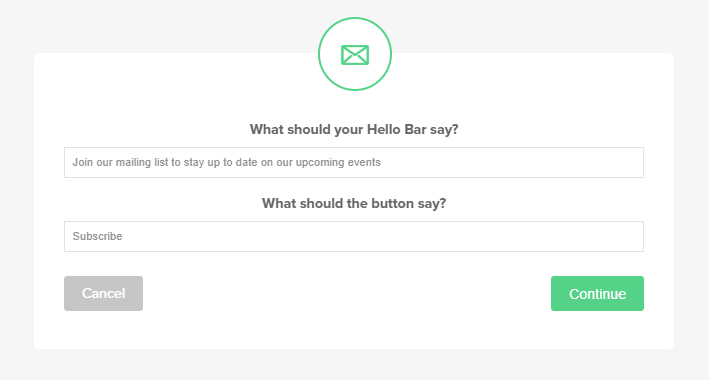
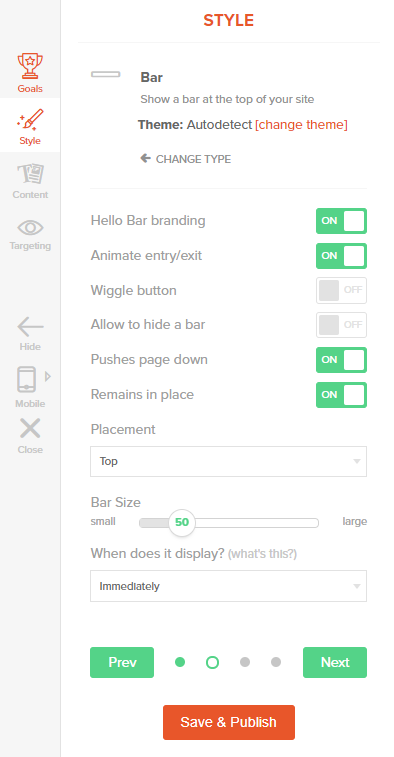

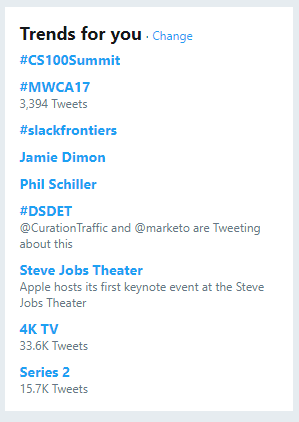
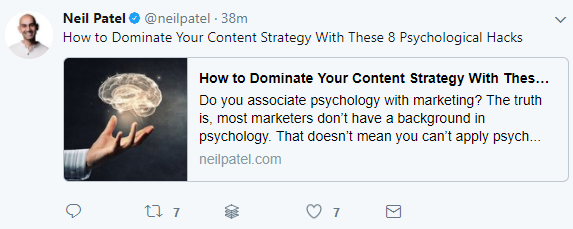
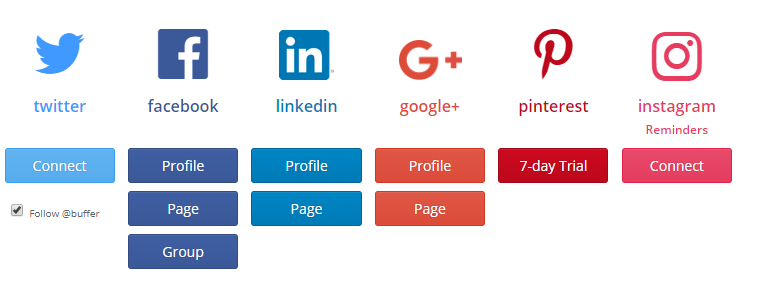
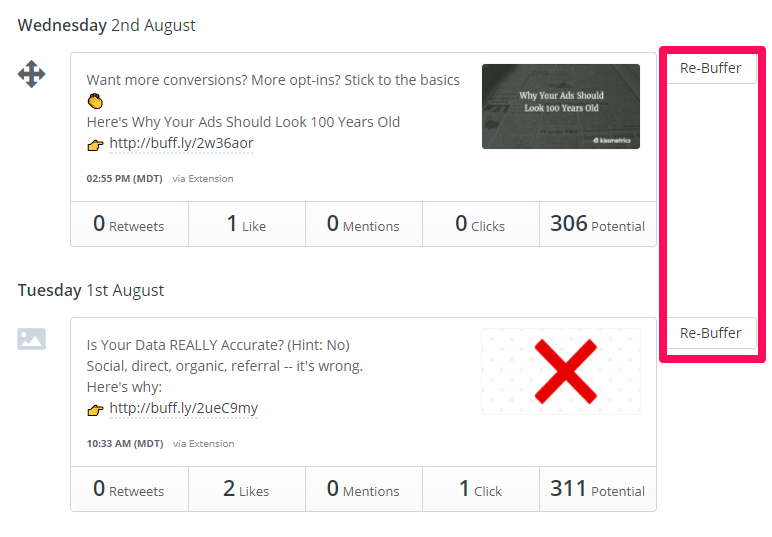

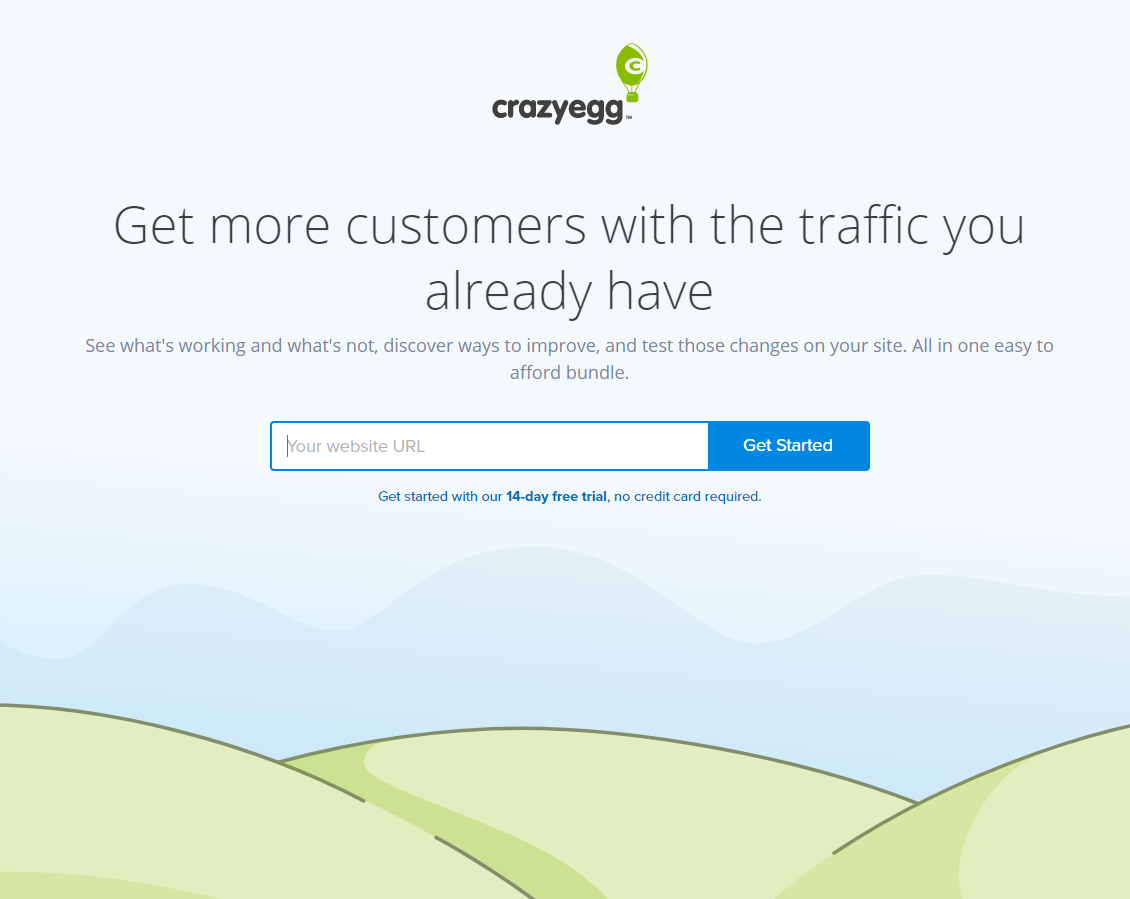
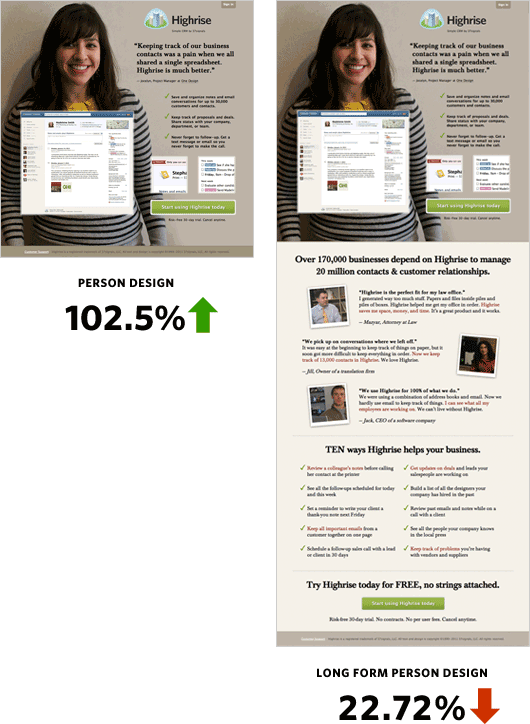
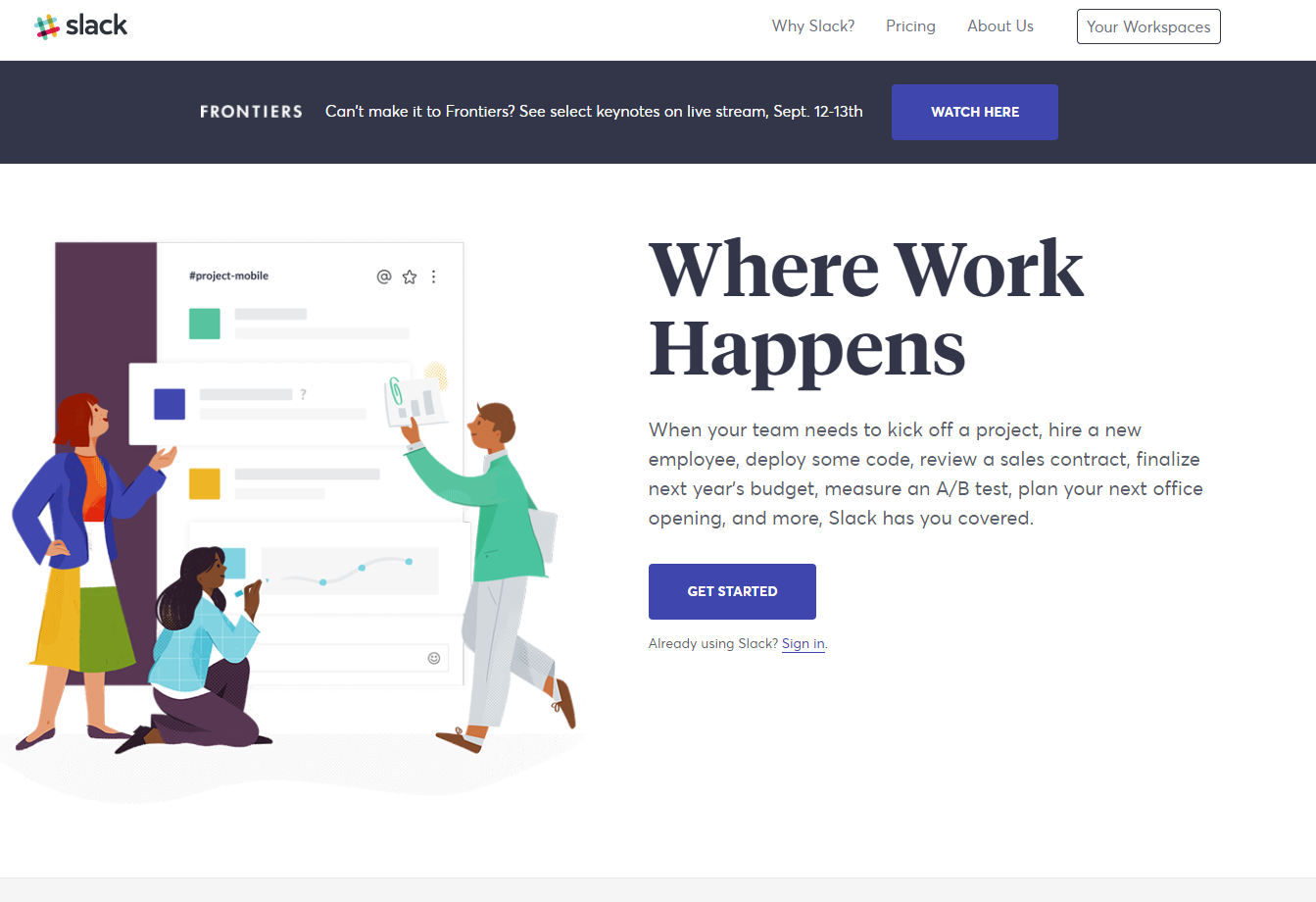
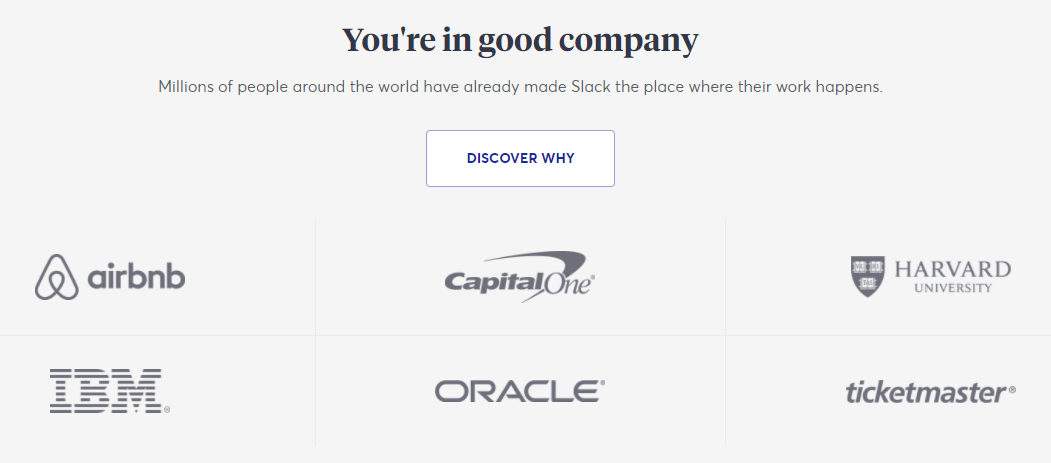
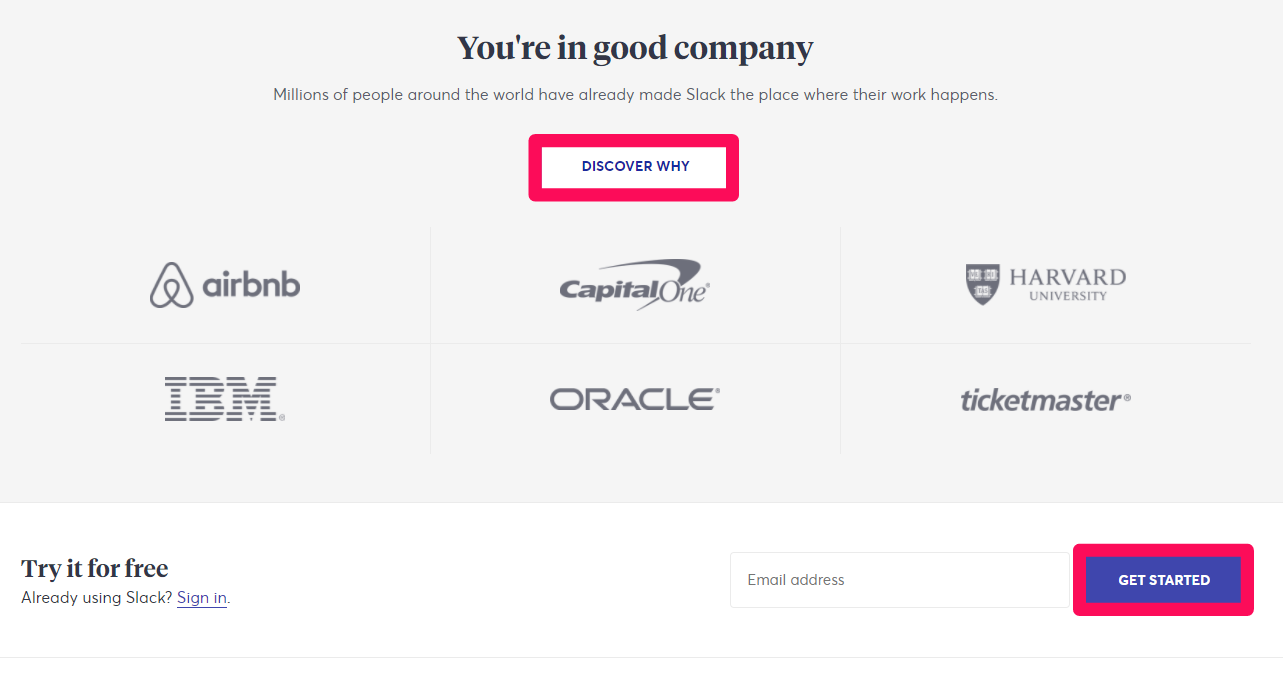
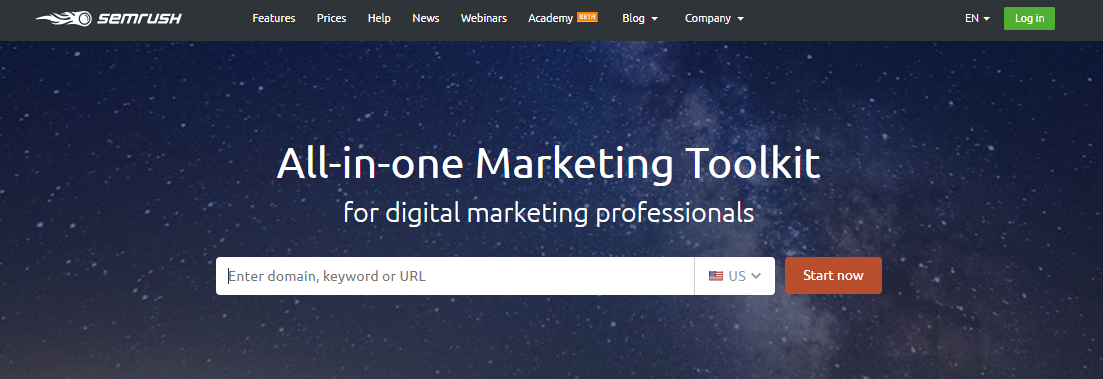
Comments (12)